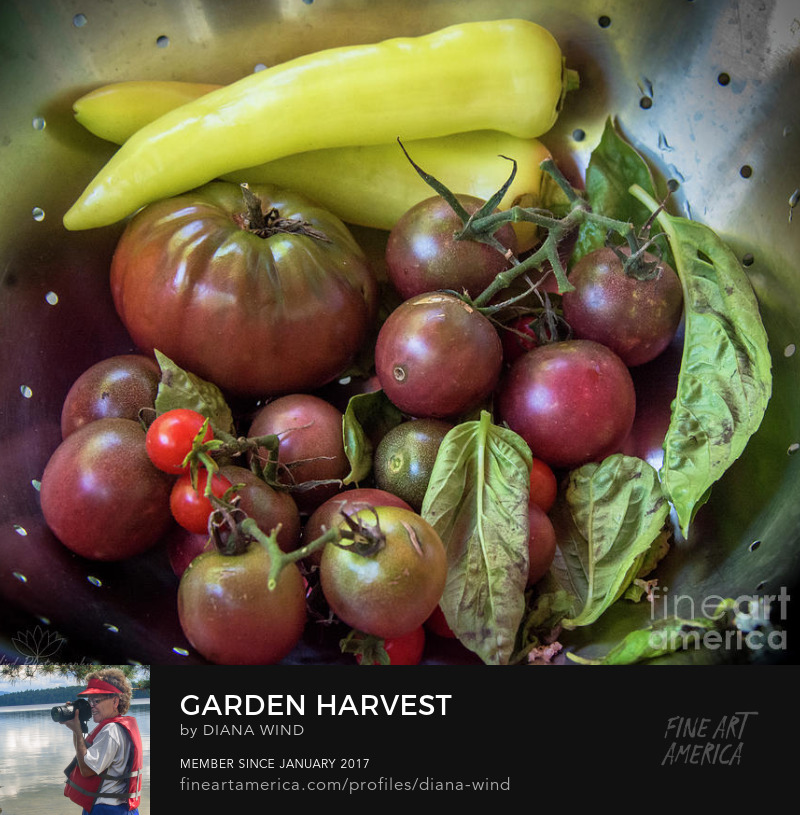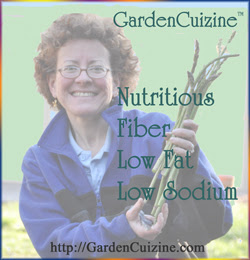 Control of Energy Balance
Control of Energy Balance
Increase Physical Activity
Eat more Nutrient Dense foods*
Eat less high fat foods
Drink less soda
A quick look around is the evidence that the majority of Americans have lost control of their energy balance. Energy balance is the amount of caloric intake balanced with the amount of calories burned by the body’s metabolic demands and from exercise. Small changes in eating habits can result in gain or losses of body weight. For example, eating a mere 150 calories more a day than you burn off could result in gaining an extra 5 pounds in 6 months; a total gain of 10 pounds in just one year! And vice versa, eating just 150 fewer calories a day could help you lose 10lbs in just one year.
* What are Nutrient Dense foods?
The 2010 DGAC Dietary Guidelines Advisory Committee for the Dietary Guidelines for Americans advocates the consumption of nutrient-dense foods by all Americans to provide the maximum nutrition intake within a person’s calorie needs.
Nutrient dense foods have high amounts of vitamins and minerals and are generally lower fat in comparison to high fat foods that offer little or no nutritional value. Garden fruits, vegetables, herbs, nuts and seeds are considered nutrient dense foods. Other nutrient dense foods include: whole grains, fish, eggs, skim or low-fat milk, and lean meat and poultry prepared without added solid fats or sugars.
Thank you for visiting GardenCuizine.com
Best Wishes for a Happy, Healthy New Year!
 Related Links:
Related Links:Let's Move
My Pyramid Tracker
2010 DGAC Dietary Guidelines for Americans
Blog Article and Photo: Copyright 2010 D.Wind. All rights reserved.
Blog Article and Photo: Copyright 2010 D.Wind. All rights reserved.















































